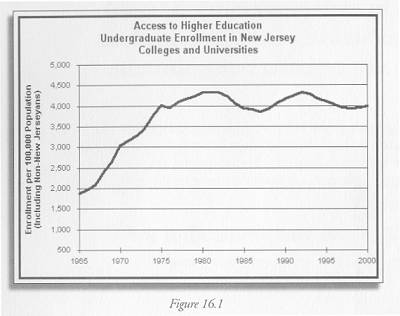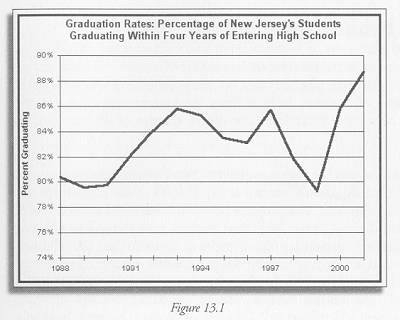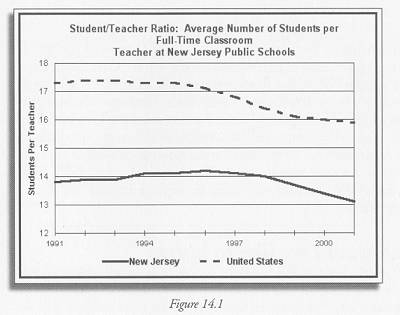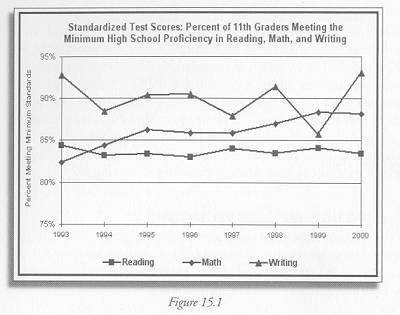Category: Goal 4. Quality Education
Why do we care? This indicator measures undergraduate enrollment in New Jersey’s colleges and universities as a share of...
13. High School Graduation Rates
Why do we care? High school graduation is an essential first step to having a life of choice and...
14. Student/Teacher Ratio
Why do we care? Interaction between students and teachers is one of the most important elements of the educational...
15. Standardized Test Scores
Why do we care? Performance on standardized tests provides some understanding of how many students are acquiring basic skills...




